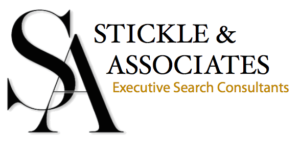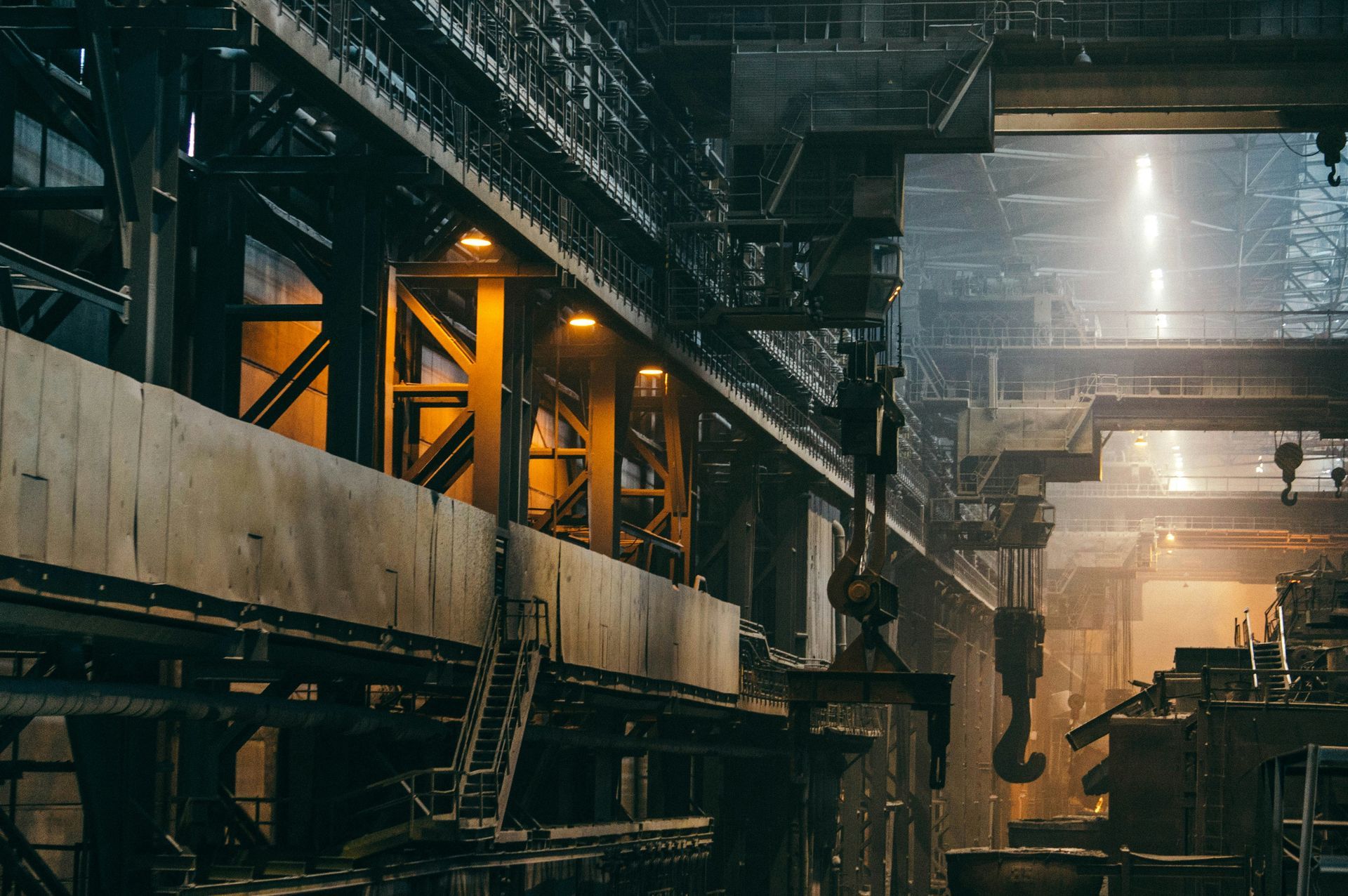5 Mistakes to Avoid When Hiring for Critical Engineering Roles
Hiring the right engineer isn’t just about filling a seat—it’s about fueling innovation, keeping operations humming, and driving your company forward. In industries like manufacturing, chemical, pulp & paper, and renewable energy, critical engineering roles are the backbone of success.
But here’s the catch: one bad hire can throw a wrench in the works, costing you time, money, and momentum. Think six-figure recruitment fees down the drain, or worse, a project derailment because the wrong person was at the helm.
That’s where a strategic approach comes in, and it’s why partnering with an expert like Stickle & Associates can make all the difference.
With years of experience in precision-driven executive search, we’ve seen what works—and what doesn’t—when it comes to landing top-tier engineering talent. In this article, we’re diving into the five biggest mistakes companies make when hiring for these high-stakes roles, and how you can sidestep them to build a stronger, smarter team.
Key Takeaways
- Plan Ahead: Proactive talent planning beats scrambling to fill a vacancy every time.
- Get Specific: Clear, detailed job descriptions attract the right candidates and filter out the rest.
- Balance Fit: Technical skills and cultural alignment both matter for long-term success.
- Do Your Homework: Thorough reference and background checks save headaches later.
- Treat Candidates Right: A great candidate experience builds your brand and keeps top talent engaged.
Mistake #1: Reactive Hiring Instead of Proactive Talent Planning
Picture this: a key engineer leaves, and suddenly everyone’s in panic mode. You post a job ad, sift through a flood of resumes, and rush to hire someone—anyone—to fill the gap. Sound familiar? This reactive approach is like trying to fix a broken machine while it’s still running. It’s messy, stressful, and often leads to hiring the wrong person.
Instead, smart companies play the long game. Proactive talent planning means building a pipeline of potential hires before you need them.
This could be networking with industry pros, keeping tabs on rising stars, or working with a firm like Stickle & Associates to scout talent year-round. By staying ahead, you avoid the desperation that leads to settling for a mediocre hire. Plus, it gives you time to find someone who’s not just qualified, but a game-changer for your team.
Pro Tip: Start conversations with potential candidates early, even if you don’t have an open role. A coffee chat today could mean a perfect hire tomorrow.
Mistake #2: Vague or Incomplete Job Descriptions
Ever read a job posting that sounds like it was written in a hurry? Something like, “Seeking an engineer with experience. Must be a team player.” That’s about as helpful as a map with no roads. Vague job descriptions attract a mixed bag of candidates—some underqualified, some overqualified, and most just not right.
A great job description is like a blueprint: precise, detailed, and aligned with your goals. It should spell out the technical skills needed (say, expertise in process optimization for chemical plants), the soft skills that matter (like problem-solving under pressure), and what success looks like in the role.
For example, are you looking for someone to streamline production or lead a renewable energy project? Say so! Clarity not only draws in the right talent but also scares off the folks who’d waste your time.
At Stickle & Associates, we work with clients to craft job descriptions that hit the mark, ensuring every candidate knows exactly what’s expected. It’s like giving your hiring process a head start.
Pro Tip: Include a “day in the life” section in your job description to give candidates a real feel for the role.
Mistake #3: Overlooking Technical and Cultural Fit
Hiring an engineer with a shiny resume is tempting, but if they don’t mesh with your team or your company’s vibe, it’s a recipe for trouble. Focusing only on technical skills—or worse, just liking their personality—misses the big picture. A brilliant coder who clashes with colleagues can tank morale faster than you can say “team meeting.”
The sweet spot is finding someone who’s both technically sharp and a cultural fit.
Structured interviews with clear, role-specific questions can help you gauge skills, while behavioral questions reveal how candidates handle real-world scenarios.
Want to go a step further? Hands-on assessments, like a technical challenge or a mock project, can show you what they’re really made of. At Stickle & Associates, we use a tailored, five-step process to evaluate both hard skills and cultural alignment, so you get a hire who thrives in your environment.
Pro Tip: Ask candidates to describe a time they solved a tough technical problem with a team. It’ll show you how they balance skills and collaboration.
Mistake #4: Neglecting Reference and Background Checks
Skipping reference checks is like buying a used car without looking under the hood. Sure, it looks fine, but you might be in for a nasty surprise. Failing to verify a candidate’s credentials, past performance, or even their claims about leading that big project can lead to hires who underdeliver—or worse, cause problems.
Thorough reference and background checks are non-negotiable. Talk to former managers, colleagues, or clients to confirm the candidate’s track record. Did they really improve efficiency by 20% at their last job? Were they a reliable team player?
These conversations can uncover red flags or confirm you’ve found a gem. And don’t forget background checks for certifications, especially in technical fields where credentials matter. Stickle & Associates builds due diligence into our process, giving you peace of mind that your hire is the real deal.
Pro Tip: Ask references open-ended questions like, “What’s one thing this candidate could improve?” It’s a polite way to spot potential issues.
Mistake #5: Poor Candidate Communication and Experience
Let’s be real: ghosting candidates is the worst. You wouldn’t ignore a friend who texted you, so why do it to someone applying for a critical role? Poor communication—like leaving candidates hanging for weeks or not giving feedback—doesn’t just frustrate them; it hurts your reputation.
In tight-knit industries like pulp & paper or renewable energy, word travels fast, and a bad candidate experience can scare off top talent.
Treat candidates like you’d want to be treated. Keep them updated at every stage, even if it’s just a quick “we’re still reviewing” email. If they don’t get the job, offer constructive feedback to leave a positive impression.
A great candidate experience builds your employer brand and keeps high-caliber engineers coming back, even if they don’t land the role this time. At Stickle & Associates, we prioritize clear, respectful communication, so candidates feel valued—and your company looks good.
Pro Tip: Set up automated email updates for candidates, but add a personal touch where possible, like addressing them by name.
Frequently Asked Questions
Why is proactive talent planning so important for engineering roles?
Proactive planning lets you build relationships with top talent before you need them, reducing the pressure to make rushed hires. It ensures you have a pool of qualified candidates ready to step in, saving time and improving hire quality.
How can I make my job descriptions more effective?
Be specific about technical requirements, soft skills, and the role’s impact on your business. Include details like key projects or daily responsibilities to give candidates a clear picture of what’s expected.
What’s the best way to assess cultural fit?
Use behavioral interview questions, like asking about past team experiences, and involve multiple team members in the process to get a well-rounded view. Assessments or trial projects can also reveal how candidates align with your values.
How thorough should reference checks be?
Contact at least two references, ideally former supervisors or colleagues, and ask specific questions about the candidate’s performance, strengths, and areas for growth. Verify credentials like certifications to ensure accuracy.
How can I improve the candidate experience without adding too much work?
Use tools like automated email updates to keep candidates informed, but personalize where possible. Set clear timelines for decisions and provide feedback, even if it’s brief, to show respect and maintain a positive employer brand.
Final Thoughts
Hiring for critical engineering roles isn’t easy, but avoiding these five mistakes can make all the difference.
By planning proactively, writing clear job descriptions, balancing technical and cultural fit, doing your due diligence, and treating candidates right, you set yourself up for hires that drive success. It’s about building a process that’s as precise and reliable as the engineers you’re looking to hire.
That’s where Stickle & Associates comes in. Our five-step process—rooted in industry expertise and a knack for finding the perfect fit—helps companies in manufacturing, chemical, pulp & paper, and renewable energy secure talent that moves the needle. We don’t just fill roles; we find the right people to fuel your growth.
Ready to Hire Smarter?
Don’t let hiring mistakes slow you down. Whether you’re filling a critical engineering role or building a talent pipeline for the future, Stickle & Associates is here to help. Contact us today to learn more about our proven placement process or to schedule a consultation. Let’s find the talent that takes your team to the next level!



